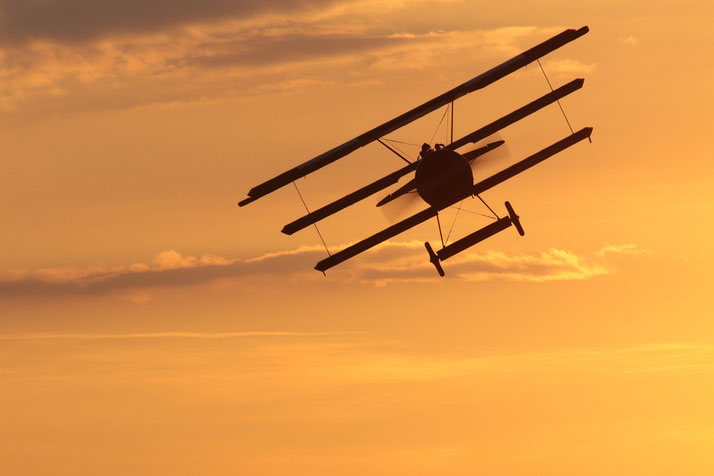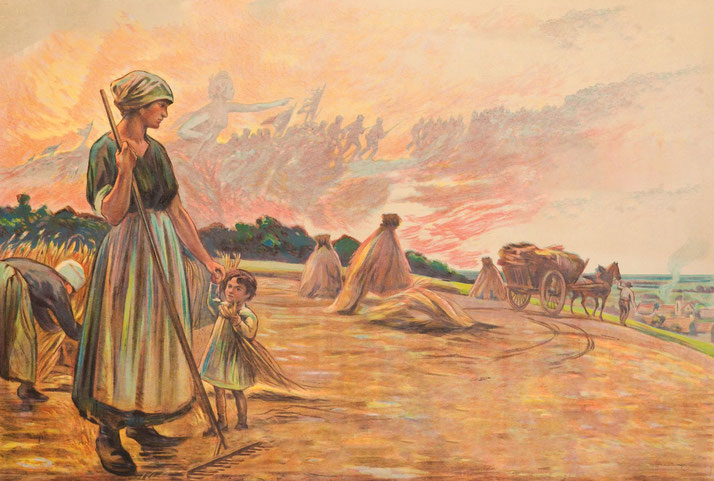7 things you didn’t know about the eastern front in 1914

Everyone has heard of the First World War. However, when asked about it, most people picture the trenches of the Western Front.
Much fewer people are even aware of the Eastern Front, even though it was a massive theatre that spanned thousands of miles and involved millions of soldiers from multiple nations.
Here are some of the things you may not know about the Eastern Front in 1914:
1. Was initially seen as a sideshow
When the war broke out in 1914, most military strategists believed that the Western Front would be the main theater of the conflict.
The German army was expected to quickly defeat France in the west and then turn its attention to Russia in the east.
However, the Russian army mobilized more quickly than expected, and the Eastern Front soon became a crucial battleground.
2. The Russian army was poorly equipped
Despite having the largest army in Europe, the Russian army was poorly equipped and poorly trained.
Years of financial neglect of the armed forces left the country with a depleted resources of men and materials.
To the horror of many Russian soldiers, they were sent to the front lines without proper clothing or even rifles.
Once on the battlefield, they often had to scavenge for food and supplies.
This lack of preparation contributed heavily to Russia's early defeats on the Eastern Front.
3. Austro-Hungarian army was also ill-prepared
The Austro-Hungarian army was also poorly equipped and lacked modern weapons and equipment.
While not as pronounced as the Russian problems, they were able to respond much quicker.
Additionally, the army was made up of soldiers from multiple ethnic groups who often had little loyalty to the Austro-Hungarian Empire.
This resulted in soldiers being ordered around by people groups they did not have any respect for.
Ultimately, this contributed to the army's poor performance on the Eastern Front over many years.
4. Battle of Tannenberg was a major German victory
In August 1914, the Russian army launched an offensive into East Prussia. As mentioned above, this happened much quicker than Germany was expecting.
To their credit, the Germans were able to quickly mount a successful counterattack.
The Russians outnumbered the Germans, but the poor preparations of the Tsar's forces were about the prove problematic.
The Germans decisively defeated the Russian army at the Battle of Tannenberg, which then gave the Germans control of East Prussia and eliminated the threat of a larger Russian invasion of Germany.
5. It was a huge drain on German resources
While the Germans were successful in the early battles on the Eastern Front, the ongoing conflict was a significant drain on their limited resources.
The vast distances involved in the fighting meant that the Germans had to maintain long supply lines.
This left them exposed and these lines were often disrupted by partisan attacks.
Additionally, the German army was stretched thin, as troops were sent to the Eastern Front to fight the Russians while also fighting on the Western Front against the French and British.
Ultimately, the Germans could not succeed on both fronts. Something had to give.
6. The first aircraft downed by another aircraft
Aircraft were not prominent in the first few years of the war, but they were involved.
In particular, the Russian army had a small air force, so the Germans were able to quickly gain air superiority with their superior technology.
This led to the incredible fact that the first aircraft downed by another was an Austrian plane on reconnaissance duties.
He which was rammed by Russian pilot, Pyotr Nesterov, on 8 September 1914 in Galicia in the Eastern Front.

7. It caused the Russian Revolution
The Russian army's poor performance on the Eastern Front, combined with food shortages and other factors, contributed to the growing discontent among the Russian people.
As a result, they rose up against the government in the Russian Revolution of 1917.
This discontent eventually boiled over into protests and riots, which were met with brutal repression by the government.
These events, combined with other factors such as the Tsar's abdication and the Bolsheviks' rise to power, ultimately led to the fall of the Tsarist government.

What do you need help with?
Download ready-to-use digital learning resources
Copyright © History Skills 2014-2025.
Contact via email
With the exception of links to external sites, some historical sources and extracts from specific publications, all content on this website is copyrighted by History Skills. This content may not be copied, republished or redistributed without written permission from the website creator. Please use the Contact page to obtain relevant permission.





